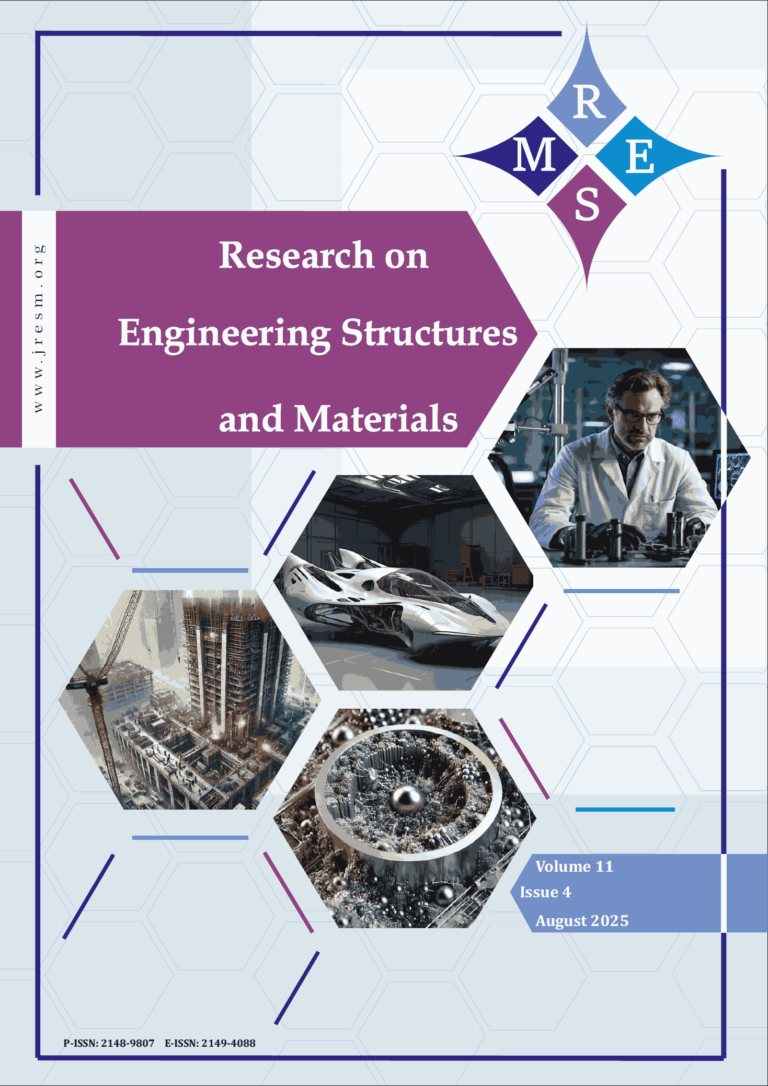The impact of Nanoparticles of (AL2O3and CaCO3) particles on the features of cement mortar was explored in current research with a mean diameter of ~50nm, and 100nm in three various amounts of 1, 3, and 5% substitution by cementâs weight as binary blending materials with fixed water/cement proportion 0.46. Cement mortar’s mechanical and physical features (compressive strength, density) were tested after 7 and 28 days. The findings illustrated that utilizing nanoparticles of AL2O3improved the mortar compressive strength at early ages at 7 curing days better than 28 curing days, and 3% of substitution was the optimal proportion. Also, utilizing nano-CaCO3as a binary blending mixture with substitution proportion (1, 3, 5%) by cement’s weight improved mortar compressive strength at early ages at 7 curing days better than 28 curing days. However, there were no apparent effects when nanoparticles of (AL2O3and CaCO3) were replaced on the density and ultrasonic pulse velocity of cement mortar at 7 and 28 days. The interaction impact of substitution 1 and 3 percent of nanoparticles of (AL2O3and CaCO3) particles to cement mortar increased the CS by (28 and 74%) at 7 curing days and (30 and 42%) at 28 curing days, respectively.
Humad AM, Dakhil JD, Al-Mashhadi SA, Al-Khafaji Z, Mohammed ZA, Jabr SF. Improvements
of mechanical and physical features of cement mortar by nano AL2O3 and CaCO3 as additives.
Res. Eng. Struct. Mater., 2024; 10(3): 857-871.
